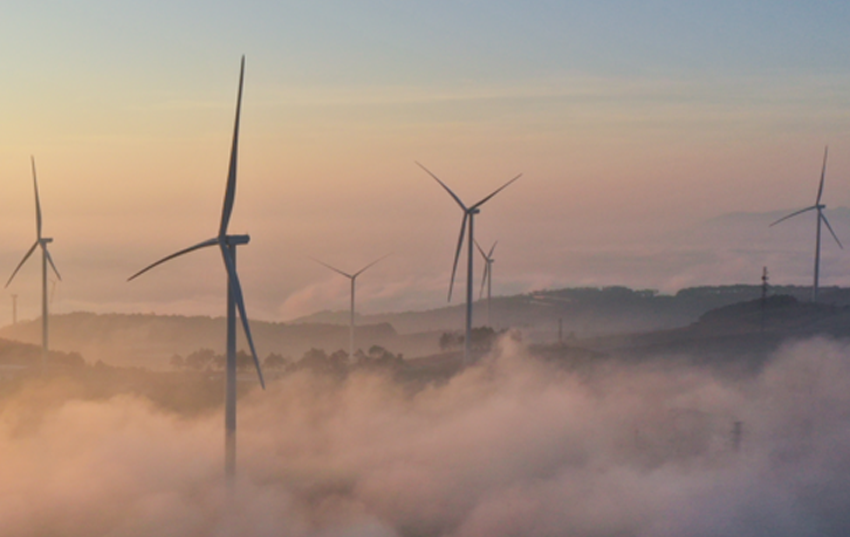
Source: d3sign/Stock Photos | Smart Phone/Getty images.
The rise of artificial intelligence (AI) technologies, particularly generative AI, has significantly increased the demand for high-performance infrastructure, leading to a surge in energy consumption across Europe. This demand is primarily driven by the expansion of datacenters, which are expected to account for over 10% of global electricity consumption by 2030. As a result, organizations are increasingly turning to power purchase agreements (PPAs) to meet their growing energy needs while supporting renewable energy initiatives.
Understanding PPAs and their role in energy procurement
PPAs are long-term contracts between energy producers and consumers. They offer “additionality,” which allows new renewable projects to be added to the grid, unlike renewable certificates derived from existing assets. This makes PPAs a preferred model for future renewable investments, as they facilitate investment cycles and advance microgrid developments. By doing so, they help alleviate the burden on governments regarding energy infrastructure investments while enabling organizations to share the responsibility of building a sustainable future.
The impact of AI on Europe’s energy landscape
Since the launch of OpenAI’s ChatGPT in 2022, AI has become a significant driver of energy demand, particularly in datacenters. Europe’s datacenter industry is projected to expand at a compound annual growth rate of 15% over the next five years, driven by cloud providers and AI technologies. This growth will likely result in the addition of approximately 40 million square feet of datacenter space by 2029, doubling the current capacity.
Renewable energy sources for datacenters
Datacenters are increasingly procuring clean energy through PPAs, primarily from wind and solar sources. Offshore wind has been a significant source of supply in key markets like Frankfurt, London, Amsterdam, Paris, and Dublin (FLAP-D), while Spain has emerged as the leading country in procured capacity, mainly through solar and hybrid sources. Collectively, the FLAP-D region represents about one-third of the PPA gigawatts capacity contracted by facilities across Europe, and roughly half in terms of energy delivered.
Policy updates supporting PPAs
Recent policy changes have further stimulated the growth of PPAs in Europe. Key developments include:
- Adjustments to IFRS 9, broadening the own-use exemption and allowing flexibilities in hedge accounting implications.
- Romania’s inclusion in the Association of Issuing Bodies, increasing the PPA supply pool for cross-border transactions.
- Reduced mandatory reporting requirements and deferred deadlines under the Corporate Sustainability Reporting Directive (CSRD).
- Germany’s implementation of the Energy Efficiency Directive, mandating a transition to 50% renewable energy by 2024 and 100% by 2027.
- A €500 million initiative from the European Investment Bank to support PPA guarantees, improving corporate creditworthiness for long-term agreements.
Challenges and opportunities in the PPA market
Despite favorable policies, the PPA growth rate has slowed due to an oversupply of cheaper certificates that serve as transactional tools for achieving Scope 2 emission reductions. However, opportunities abound in the form of hybrid PPAs combining solar and wind resources, the integration of battery storage tools to ensure reliable baseload power, and the migration of PPA supply and demand towards southern and eastern European grids. Countries like Greece, Poland, and Romania are experiencing significant growth, while Ireland faces grid and licensing challenges related to datacenter demands.
In conclusion, Power Purchase Agreements are emerging as a crucial mechanism for addressing Europe’s growing energy needs driven by AI. They enable organizations to contribute significantly to a sustainable energy future while easing the burden on governmental infrastructure investments. As the demand for datacenter infrastructure continues to rise, PPAs will play an essential role in securing new renewable projects and ensuring supply security.
Want insights on datacenter trends delivered to your inbox? Join the 451 Alliance.
This content may be AI-assisted and is composed, reviewed, edited and approved by S&P Global in accordance with our Terms of Service.

